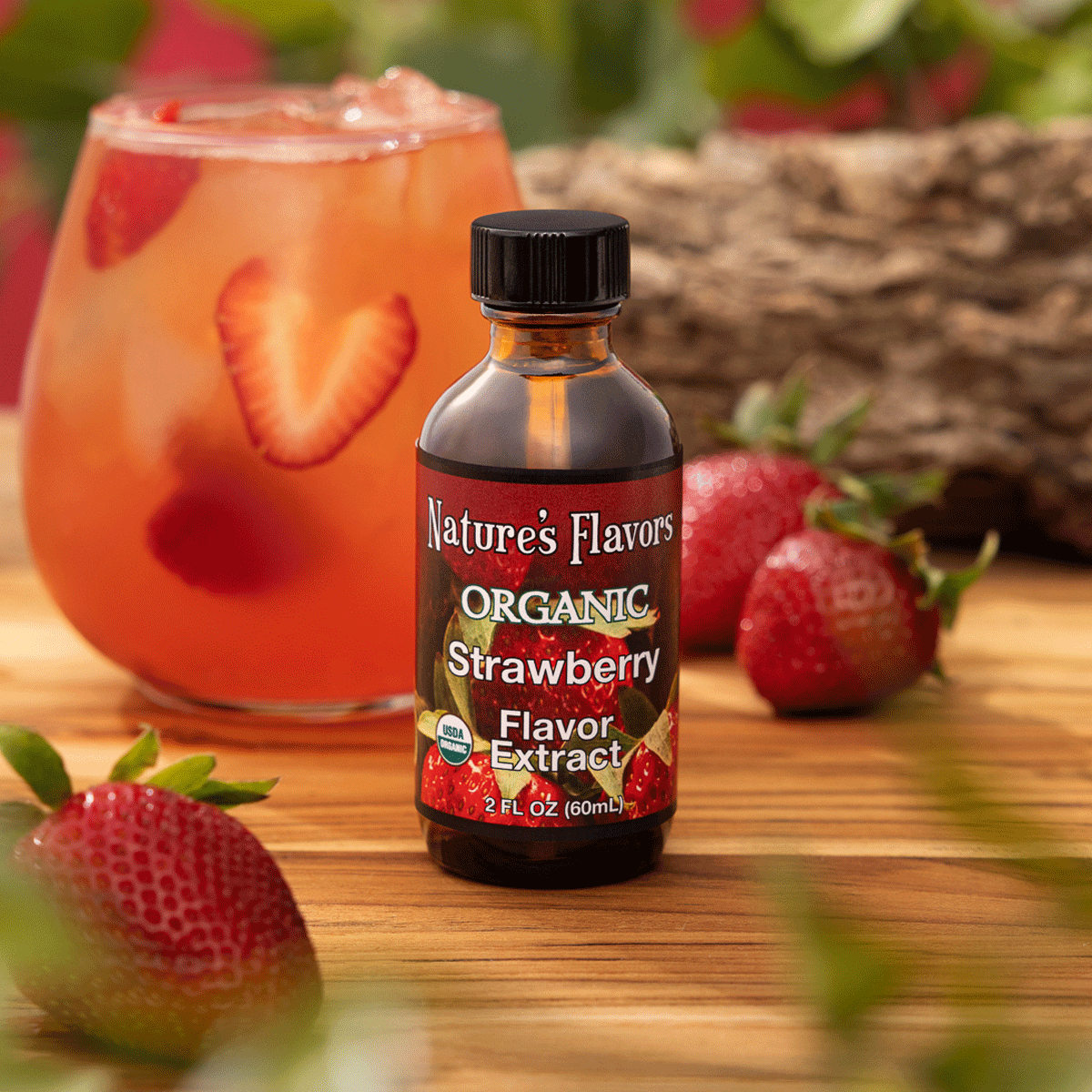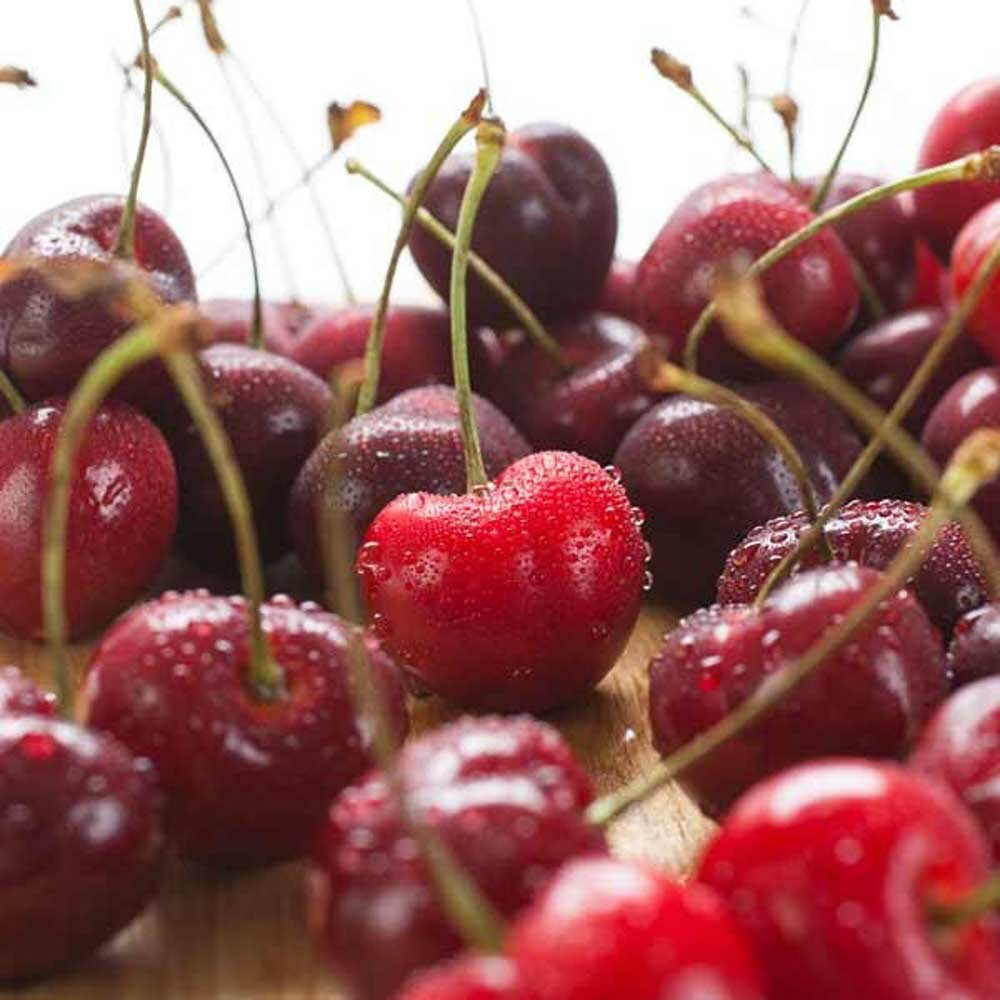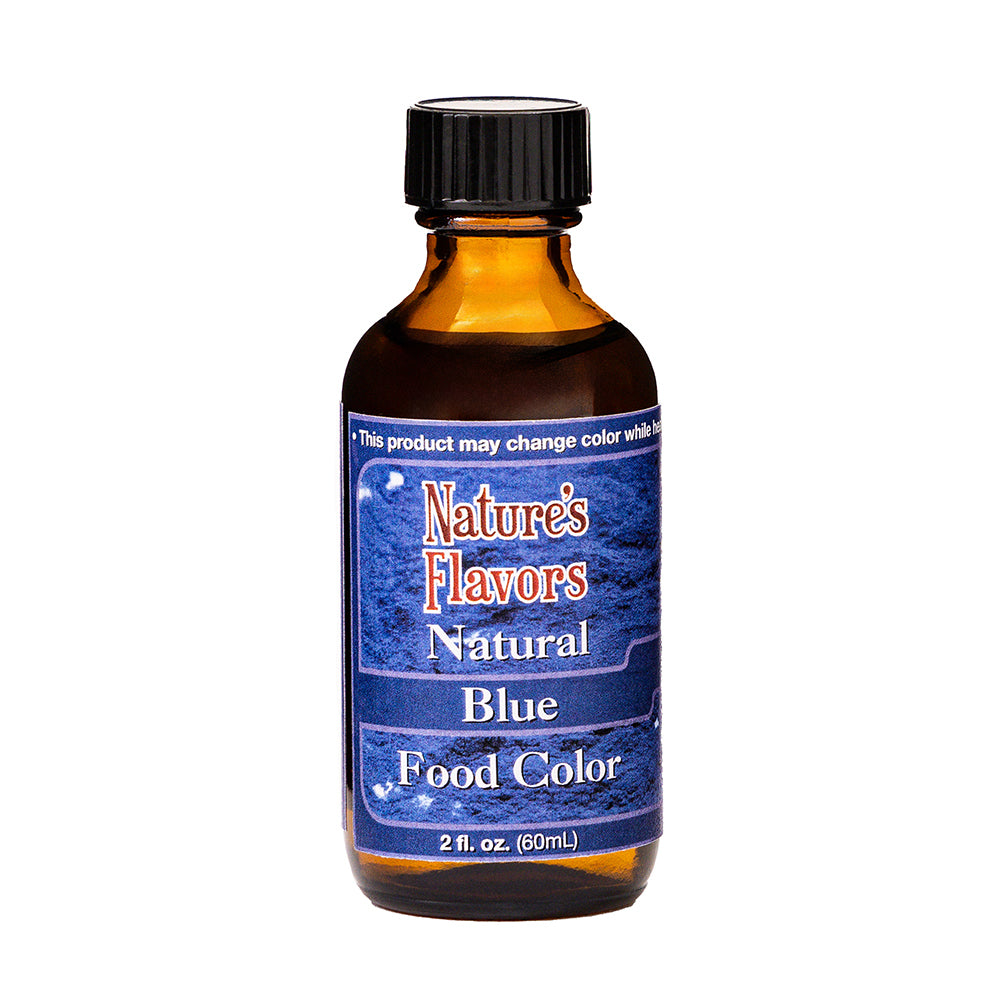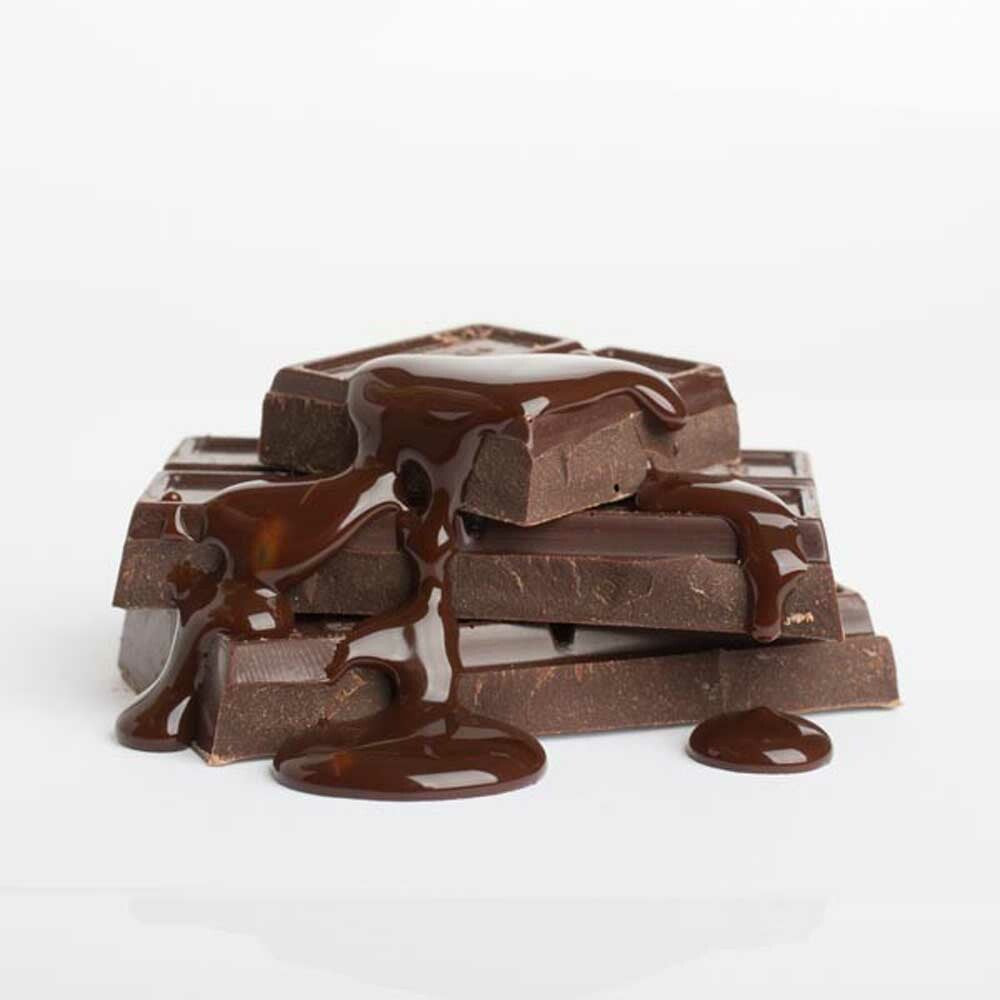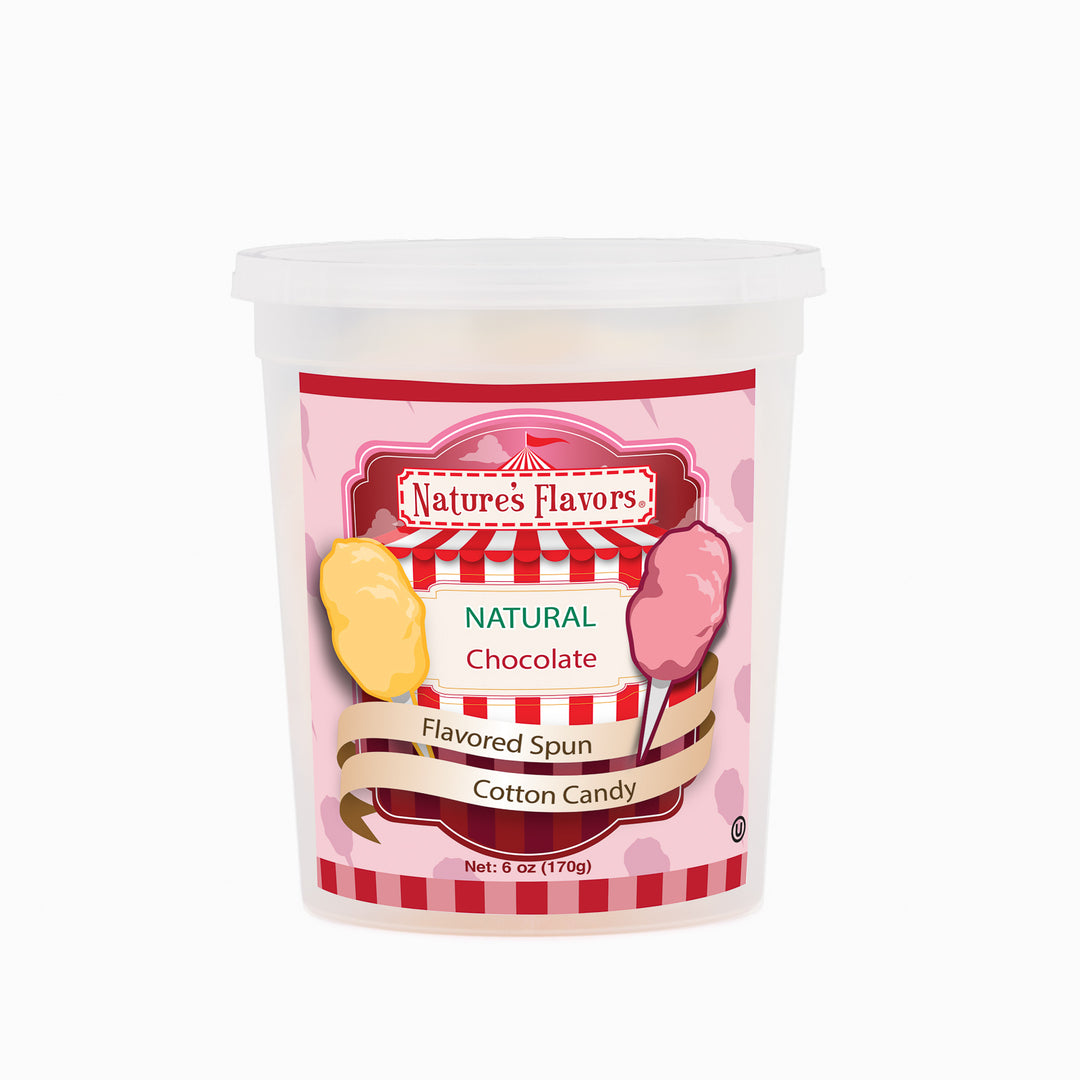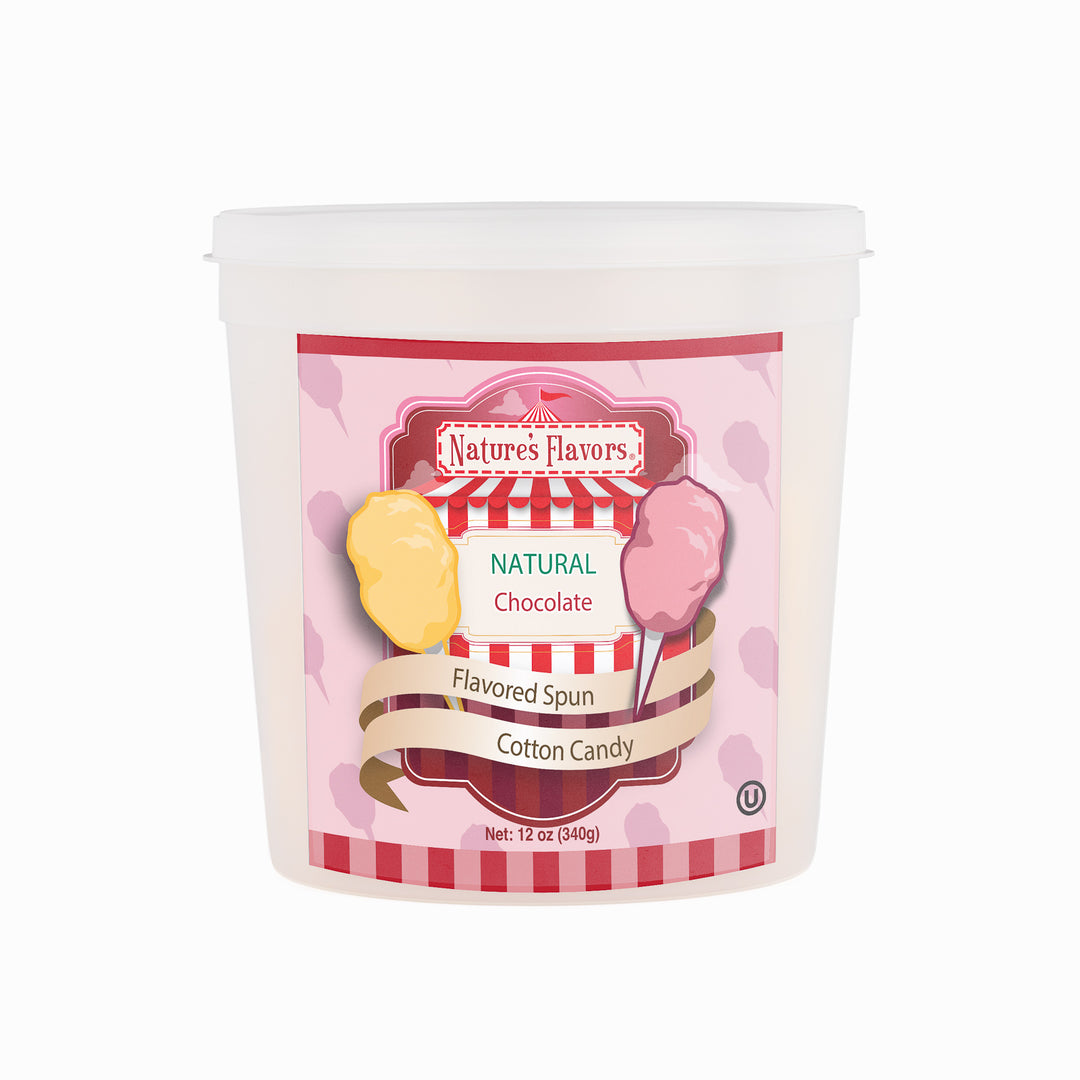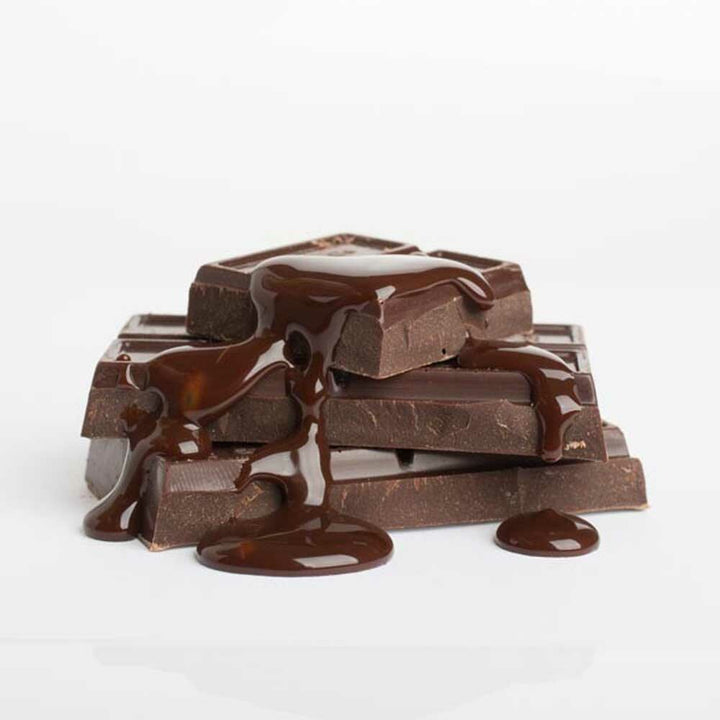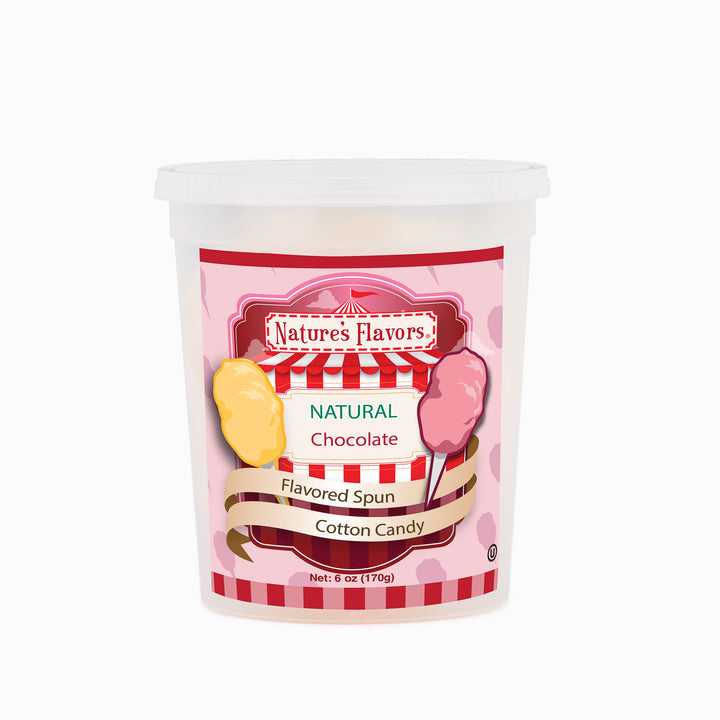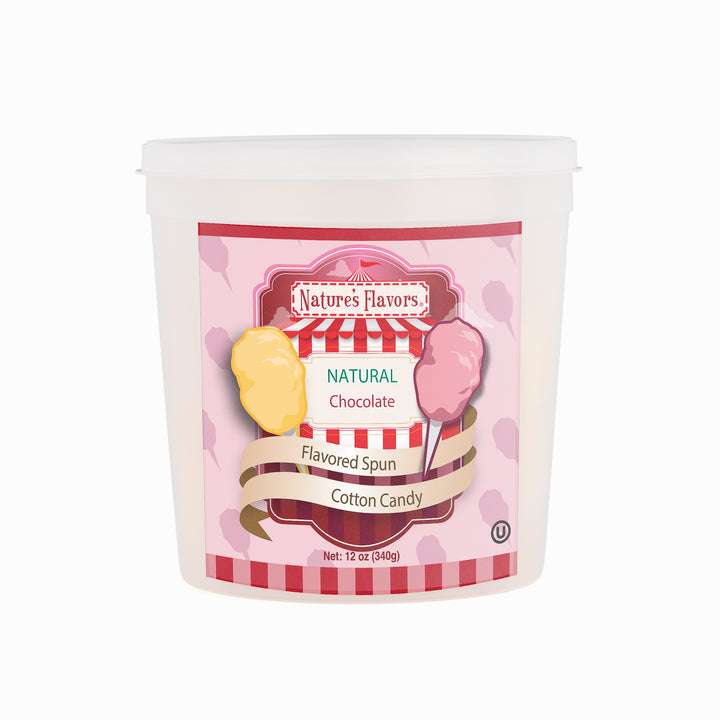Chocolate Cotton Candy (Ready to Eat) combines the familiar taste of chocolate with the light, spun texture of traditional cotton candy. This confection arrives prepared for immediate consumption, featuring a chocolate-flavored profile that dissolves easily on the tongue. The bulk format accommodates various serving needs, from individual enjoyment to group gatherings.
Applications:
This cotton candy serves multiple purposes across different settings. Event planners incorporate it into dessert stations, while families use it for celebrations and gatherings. The ready-to-eat format eliminates preparation time, making it suitable for concession stands, retail environments, and home entertainment. Its distinctive appearance creates visual interest for themed parties and special occasions.
Benefits:
The convenience factor stands as a primary advantage, requiring no assembly or preparation steps. Bulk packaging provides economic value for frequent users and commercial applications. The shelf-stable nature allows for extended storage periods when properly maintained. Individual portions can be easily distributed, making serving straightforward for hosts and vendors.
Versatility:
This confection adapts to various consumption preferences and occasions. It functions as a standalone treat, party favor, or decorative element for dessert presentations. The chocolate flavor profile appeals to diverse age groups, while the cotton candy format offers a familiar yet distinctive experience. Its portability makes it suitable for outdoor events, travel, and on-the-go consumption.
Quality Assurance:
Manufacturing processes maintain consistent texture and flavor characteristics throughout each batch. Ingredient selection focuses on achieving the proper balance between sweetness and chocolate notes. Packaging methods preserve the delicate spun structure while protecting against environmental factors that could compromise quality. Regular quality checks ensure product standards remain consistent.
Sustainability:
Bulk packaging reduces individual wrapper waste compared to single-serving alternatives. The concentrated format minimizes transportation requirements and storage space needs. Efficient production methods optimize resource utilization during manufacturing. Proper storage practices extend product lifespan, reducing potential food waste.


